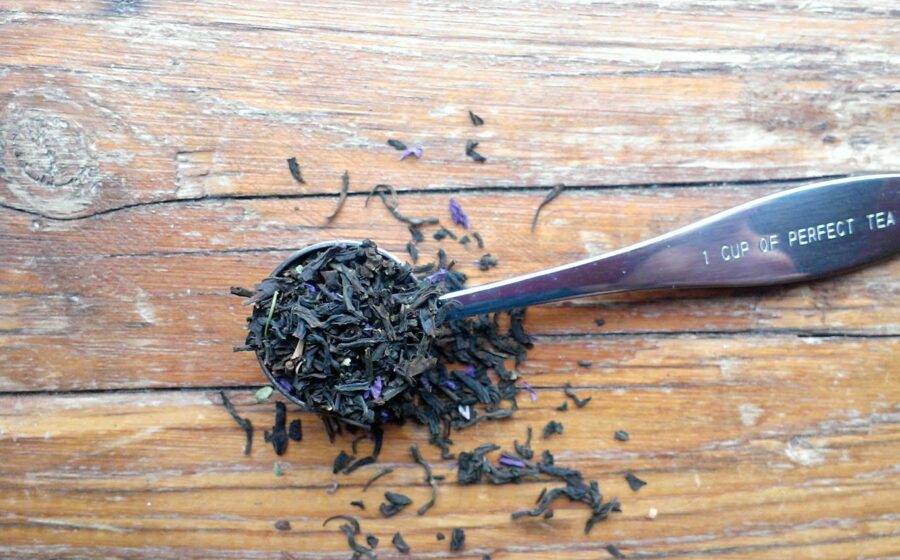[W]hen autumn begins and fall is in the air, my thoughts are transported to warmer places and flavors, often via a cup of tea, Earl Grey being a regular morning selection. How does a tea named after a Northumbrian (brrr!) English Lord with Grey in its name evoke sunny Mediterranean shores and the subtle, beguiling scent of citrus groves in blossom? In a word, bergamot, that tart and refreshing essential oil that makes Earl Grey tea, well, Earl Grey.
Here we are speaking of Citrus bergamia, the bergamot orange, a small tree that grows in Mediterranean climes, not the mints known as bergamot or wild bergamot, Monarda didyma or Monarda fistulosa, which are named for their similar aromas. It produces a yellowish fruit the size of an orange with a taste less sour than that of a lemon, but more bitter than a grapefruit. Most bergamot is cultivated in Calabria—the toe of the Italian boot—with some grown also in Southern France and Cote d’Ivoire. The province of Reggio di Calabria produces the finest quality essence due to the soil composition there. The essence’s rarity is not only due to the limited regions producing the best, most flavorful fruit, but also because it takes about one hundred bergamot oranges to produce three ounces (eighty-five grams) of oil. This leads to the somewhat startling fact that much like Darjeeling tea, another fairly rare and prized botanical, the actual production of genuine essence (100 tons) is wildly outpaced by the amount of declared essence worldwide (3,000 tons). Antalya province on Turkey’s southern coast grows it as well, to produce marmalade. As we shall discover, this unique and subtle fruit has more uses than perhaps many of us realize.
How does a tea named after an English Lord with Grey in its name evoke sunny Mediterranean shores and the subtle, beguiling scent of citrus groves?
We are all most likely familiar with its use in Earl Grey, most likely named for a British prime minister of the 1830s. Several legends swirl around the origin of the blend, one being that bergamot was blended with black tea to offset the taste of lime in the local water at Lord Grey’s family estate in Northumberland, another stating that the fragrant tea blend arrived in the form of a gift from China. Whatever the reality, bergamot was certainly used in England to imitate more expensive Chinese teas since the early 1800s, with court records referring to tea “artificially scented and drugged with bergamot.” It appears that even then folks recognized this essential oil as something more than simply a flavoring.
Bergamot oil has been a valuable ingredient in perfumery since the early eighteenth century, and today a third to a half of all perfumes contain the essence extracted from the aromatic skin of this sour fruit. In Scandinavia one may find it as scent in snus, a smokeless tobacco, and it is used in many skin care creams. However, it is in its medical uses that bergamot may be the most surprising.
Bergamot has been used to treat psoriasis by applying the oil to skin and shining long-wave UV light on the affected area. It fights certain fungal infections of the skin as well, and acts as an insecticide, while its use in aromatherapy to soothe and calm is well established. Most promising of all was a study carried out at the University of Calabria, where bergamot extract was found to lower cholesterol due to certain enzymes which exist only in citrus bergamot and exhibit statin-like properties, attacking proteins which contribute to cardiovascular disease.
Nice to know that this light and refreshing herbal tea may be good for more than reveries of other places on a wet autumn day.
—William Sullivan co-owns B. Fuller’s Mortar & Pestle in Seattle. Photo by Cory Eldridge.
















